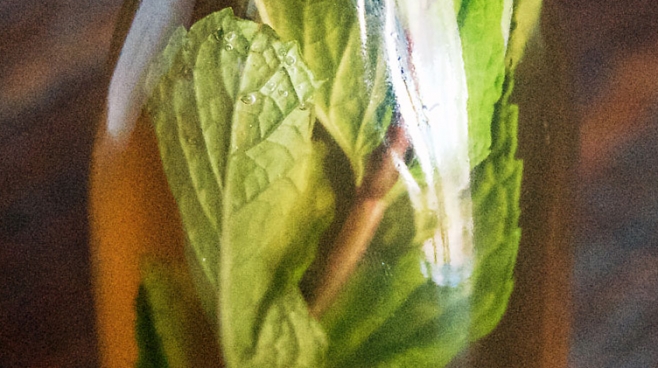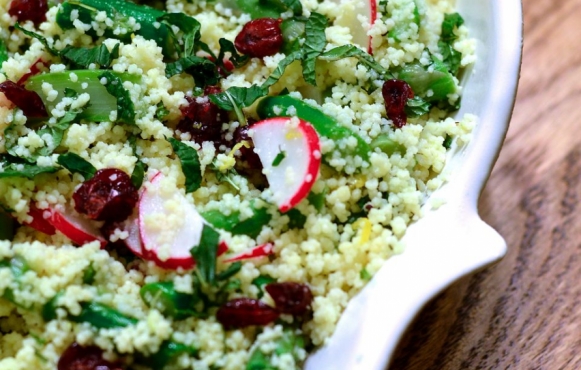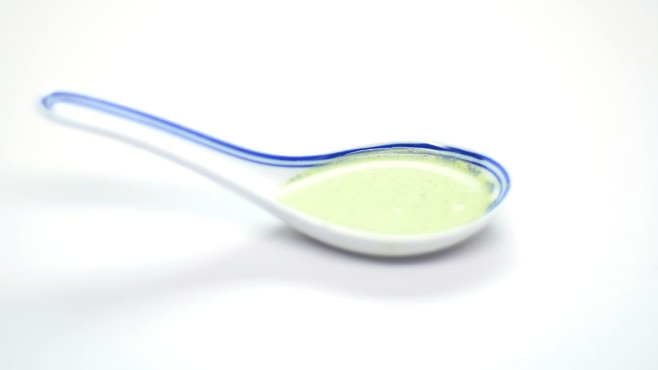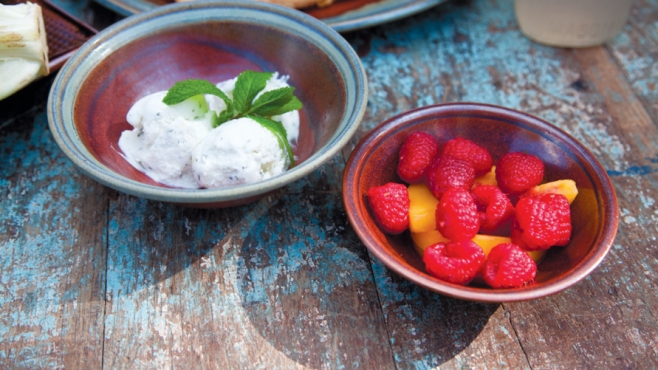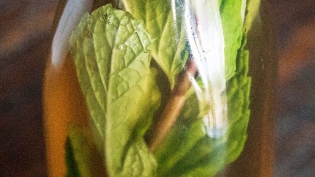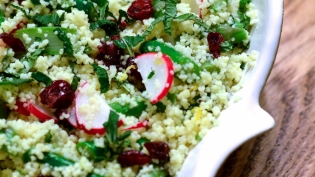Mint Conditions: Michiana is just right for this fragrant crop

Its tenacity can be a double edged sword for gardeners and farmers, but there are few places where this fragrant and versatile herb thrives as well as it does in Michiana.
Mint’s tenacity is the bane of some gardeners—the stuff has a habit of taking over and popping up where you least expect it—but for someone like me who mostly neglects her garden, the persistence of those brilliant green shoots is practically miraculous.
If you have a patch of mint like I do, it will probably come as no surprise that our region is ideal for growing this fragrant and delicious herb. But did you know that Southwest Michigan and Northwest Indiana have a long history of commercial mint production, one that dates back to the Civil War era in some counties? In fact, by the start of the 20th century, 90% of the world’s mint oil supply came from within a 90-mile radius of Kalamazoo, Michigan.
Michiana’s moist and rich muck soil and climate make it ideal for mint. Today, most mint in the United States is grown in the Pacific Northwest, but Indiana and Michigan remain large mint producers and, arguably, produce the nation’s finest.
As mint farmer Larry Wappel of San Pierre, Indiana, puts it in Food for Thought: An Indiana Harvest:
“We have probably the most desirable oil. If you’re going to use oil for blending purposes, you want ours on the top of the line to blend with.” Midwest oil, he explains, has a different—and superior—chemical makeup from mint oil produced in the Western United States due to different growing conditions.
As a cook, I adore fresh mint in everything from spring rolls to zucchini fritters, but my favorite way to enjoy mint straight from the garden is in a summer drink. At our house, we make a mint simple syrup base, then mix it with bourbon (for an easy mint julep), white rum and lime juice (for a mint mojito) or soda water (for a refreshing homemade mint soda). The beauty of this simple recipe is that you can store a jar in the fridge to mix up a batch of your favorite drink whenever company stops by. Cheers!
MINT FACTS
- One pound of mint oil can flavor 40,000 sticks of chewing gum.
- Michigan mint farmers once used geese to weed their mint crops.
- 45% of the mint oil produced in the United States is used in chewing gum. Another 45% goes into toothpaste, mouthwash and other dental products. The remaining 10% is used in candy making, pharmaceuticals, liqueurs and aromatherapy.
Want to grow your own? Try planting spearmint for most culinary applications. Or plant peppermint for tea or sweets. Also look for fun varieties like pineapple, chocolate, apple, or orange mint, which can be delicious in cocktails or in fruit salads.


